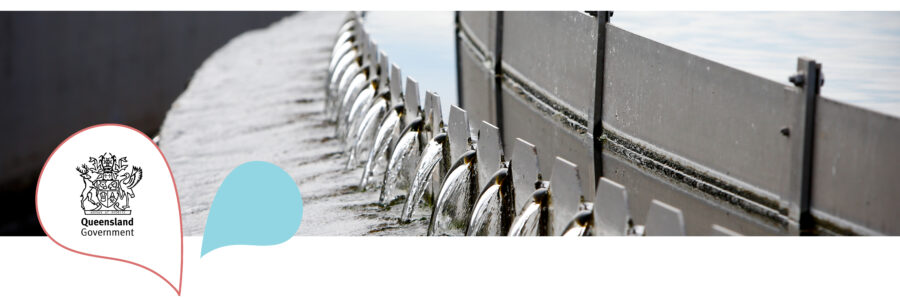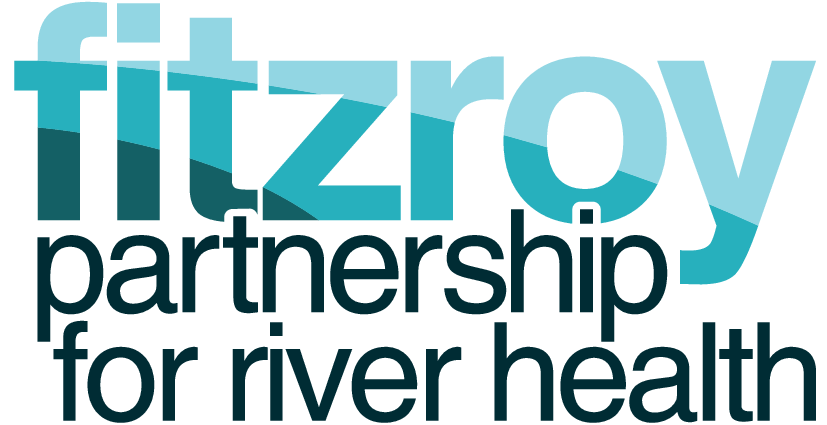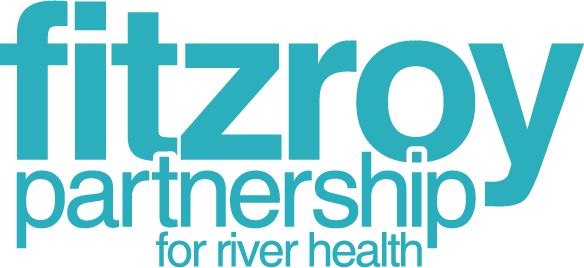Managing Water Pollution from Urban Areas

Managing urban run-off is an important part of looking after the health of our local waterways and ultimately the Great Barrier Reef.
Urban areas cover less than 1% of the Great Barrier Reef catchment. Yet stormwater run-off from urban and industrial land use and wastewater treatment plant releases contribute up to 7% of the dissolved inorganic nitrogen and close to 2% of the sediment that flows into the Reef.
The Queensland Government’s Queensland Reef Water Quality Program (QRWQP) invests significantly into programs that support local councils and industry to manage excess nutrients and sediment from urban areas flowing into waterways.
The Urban Water Stewardship Framework (framework) assists councils to assess and report on the level of practice applied to key aspects of their urban water management practices in relation to water quality risk.
Additional funding from the Australian Government means the framework will now expand to councils beyond the Reef regional waterway partnership regions, and that assessment workshops are held in person with the findings presented to the executive leadership team of the participating council.
Assessments are carried out biennially, with 13 local governments across the Great Barrier Reef catchment participating in previous years. Two councils in the Fitzroy put up their hand for the 2024/25 assessment round.
A new Point Source Information Portal also provides detailed data on sewage treatment plants, aquaculture farms and wastewater management practices.
You can download reports on point source activities, loads and leading management practice and explore point source activities for particular regions or locations via the interactive database.
The portal was developed in a collaboration between Griffith University and the Queensland Government with QRWQP funding.
Read more about how the Queensland Government supports councils and industry to reduce water pollution in the Great Barrier Reef catchment here.


